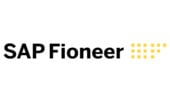H&M is a multinational brand that offers clothing, accessories and home decor products for men, women, and children. Founded in Sweden in 1947, H&M has expanded globally, with around 4,500 stores in over 70 countries worldwide.
H&M is known for its affordable, stylish collections across its different brand segments, including H&M, H&M Home, COS, Monki, Weekday, and ARKET.
As such, understanding H&M competitors is important in formulating plans and strategy to stay ahead of the curve.
H&M Competitors
Zara
Zara, a Spanish fashion brand, is a fast-fashion competitor that has expanded globally, with a presence in over 96 countries, with over 2,200 stores worldwide.
Zara is known for its trendy, stylish looks, with new collections introduced twice a week. They are known for keeping up with trends, and often setting them with their runway-inspired pieces.
Zara has a broader consumer appeal, with designs and styles targeting a wider age range than H&M. They also focus on creating customized shopping experience and speedy product delivery. Their ability to predict and quickly respond to current trends through data analysis is one of their strongest suits.
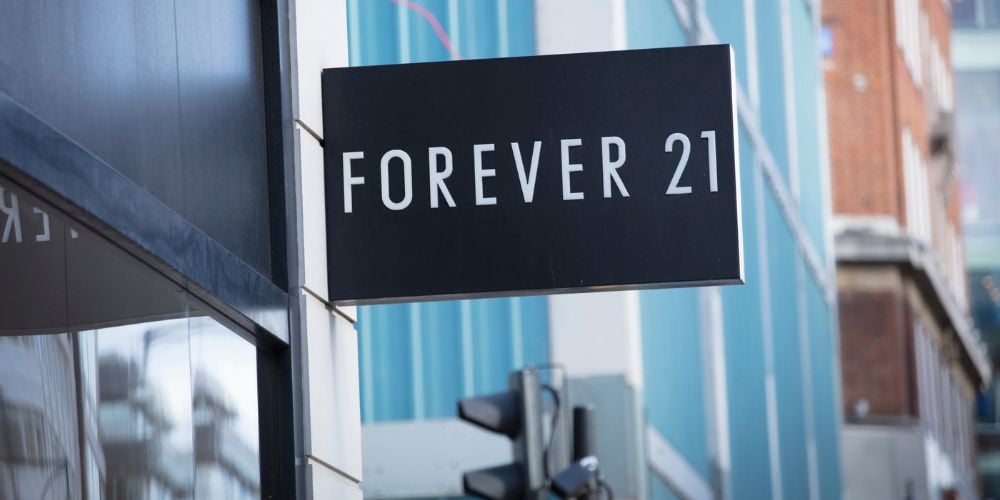
Forever 21
Forever 21 is another fast-fashion giant which has been successful in the US and other parts of the world. The brand initially targeted young women and teens, offering affordable and trendy pieces.
The company’s quick growth led to its expansion into plus-size, men’s wear, and children’s wear. Today, Forever 21 has around 700 stores in 48 countries.
Forever 21’s pricing strategy is lower than H&M, putting them at the bottom of price per piece in the US market. Their wide range of styles caters to different demographics and size groups, including the plus size.
Topshop
Topshop is a British fashion retailer, with over 500 stores worldwide. Topshop has been successful mainly in the UK and Ireland market, where it has over 300 stores.
Over 75% of its revenue comes from the UK market, even though the brand has a broad appeal across many countries.
Topshop has a strong online presence and it constantly collaborates with celebrities to create their collections. Topshop has been seen as H&M’s direct competitor in style and quality.
Luxury Fashion Brands with Affordable Lines
Mango
The Spanish fashion brand Mango has been in operation since 1984, and has grown to over 2,200 stores in 118 countries.
Mango’s approach has been to offer stylish and high-quality apparel with a lesser price point compared to luxury brands.
Mango invests heavily in high-quality materials, and their designs are considered unique and trendy, with focus on high fashion. Mango’s unique selling point is that they offer high-end looks at affordable prices.
ASOS
ASOS is a UK-based online fashion retailer that has gained worldwide attention. ASOS offers a wide range of stylish clothing, accessories, beauty, and home decor items targeted towards young adults.
ASOS has been able to offer a range of sizes, including plus size, maternity and petite. The company also has a strong social media presence with over 11 million followers on Instagram.
ASOS’s success is rooted in their omnichannel approach, with 60% of their sales coming from mobile devices. They offer delivery options for customers in over 200 countries around the world.
Boohoo
Boohoo is a UK-based online fashion retailer targeting young women with affordable, trendy styles.
Boohoo is known for its fast turnaround time on the latest designs and an extensive range of items available on the store’s website. Boohoo has been successful in entering into many of H&M’s core markets such as the UK, US, and Australia.
Boohoo’s quick response to trends (with new items added to their website daily) is due to their agile supply chain. Boohoo can swiftly respond and offer customers fresh and on-trend styles within a few weeks.
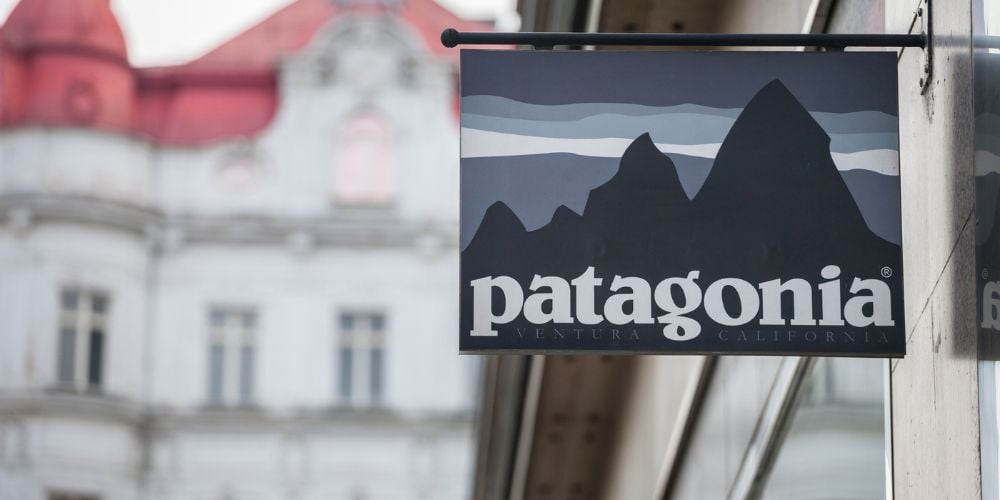
Sustainable and Ethical Fashion Brands
Patagonia
Patagonia, an outdoor clothing and gear retailer, has been a leader in the sustainable fashion trend, with a focus on environmental and social responsibility.
Patagonia has been actively protecting the environment through its initiatives, including their “Common Threads” program, which promotes responsible consumption and mitigating environmental impact.
Patagonia is a competitor to H&M. Both tap into a segment of shoppers who are looking to minimize the impact of their purchases on the environment.
Everlane
Everlane is a direct-to-consumer sustainable fashion brand that has made waves in the industry.
Everlane concentrates on transparency and sustainability with their “Radical transparency” tagline. They reduce the environmental impact by limiting their use of synthetic materials like nylon and polyester.
What sets Everlane apart from H&M is the transparency in their pricing structure and production methods. Customers get to know the true cost of the items they’re purchasing, which avoids any confusion around markups.
Reformation
Reformation is another sustainable fashion brand, known for producing sustainable and ethical clothing.
The brand has been able to maintain a loyal customer base while keeping pace with trends. Reformation offers a wide array of collections available to buy online or in-store, providing a flexible shopping experience to its customers.
Reformation’s competitive edge is how they conduct their business. They produce their clothes near their stores, reducing the carbon impact of transport and storage.
Online Fashion Retailers
Amazon Fashion
Amazon Fashion is one of the largest online fashion retailers in the world. Amazon Fashion offers a wide range of products from different brands, giving the customers a personalized and customizable shopping experience.
Amazon Fashion takes data analytics seriously, using it to identify trends and preferences among shoppers, and creating their own private-label collections.
Amazon Fashion has been able to build a customer base due to their competitive pricing and hassle-free delivery service.
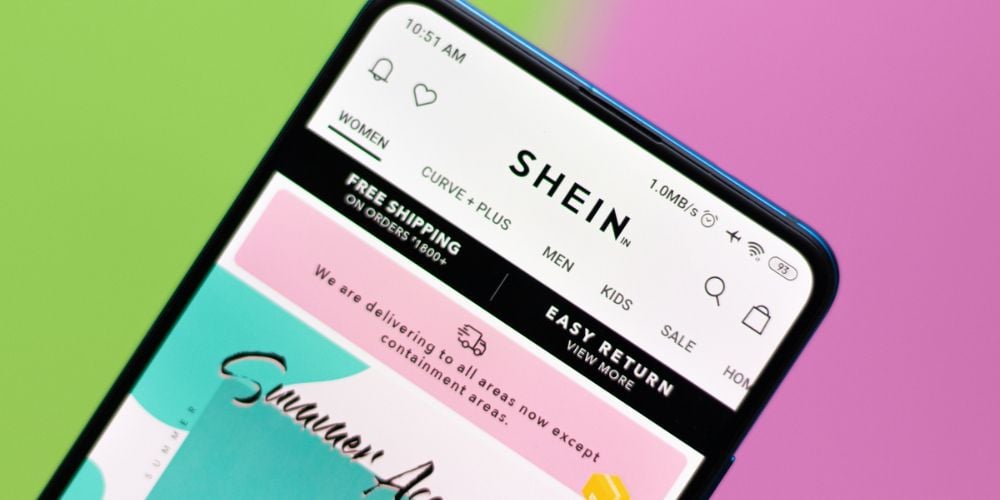
Shein
Shein is yet another online fashion retailer that is focusing on “fast-fashion” trends. Their dynamic and trendy collections are affordable and updated on all social media platforms, resulting in a loyal customer base of young, trendy shoppers.
Shein’s competitive edge is its fast turnaround time on new trends and rapid growth in the Western Markets.
Fashion Nova
Fashion Nova is an online fashion retailer that started in 2006 and is known for its trendy styles. Fashion Nova focuses on affordable, high-quality apparel, with their clothing line often being referred to as a “celebrity-style” clothing collection.
The brand has been popularized by collaboration with famous influencers like Cardi B and Kylie Jenner.
Fashion Nova’s competitive strategy involves the promotion of trendy styles at an affordable price point and having an extensive social media presence. Fashion Nova has built a dedicated following on Instagram, allowing them to connect with their customers.
Sportswear Competitors
Nike
Nike is a US-based multinational corporation that is well-known for producing sports equipment, accessories, and apparel for men and women.
Nike has been successful in combining style with functionality, which has been well-received by sports enthusiasts and athletes alike.
Nike’s focus on innovation and brand promotion has led to an increase of their global market share. Nike has also invested heavily in online sales, brick and mortar locations, and customer loyalty programs.
Adidas
Adidas, a German sportswear brand, is continuously innovating and producing sports apparel, footwear and accessories with a focus on style, function and sustainability.
Throughout Adidas’ history, their products have been highly-rated by athletes, which have contributed to their successful business leave.
Adidas’ sustainability initiatives and innovation have given the brand a favorable reputation among the conscious consumers, along with their unique style.
Puma
Puma is another sports apparel company founded in Germany, and it has expanded throughout Europe and the US. Puma has been successful in creating a stylish, yet functional, line of clothing, footwear, and accessories for athletes and fitness enthusiasts.
Puma’s fast turnaround time on popular trends and emphasis on original designs has given them a competitive edge.
Emerging Brands and Local Competitors
& Other Stories
& Other Stories is a Swedish retailer that is known for its minimalistic clothing line. & Other Stories collaborates with selected designers and brands to create their collections, pushing the boundaries of modern design.
& Other Stories focuses on producing high-quality products with trend-setting designs at an affordable price.
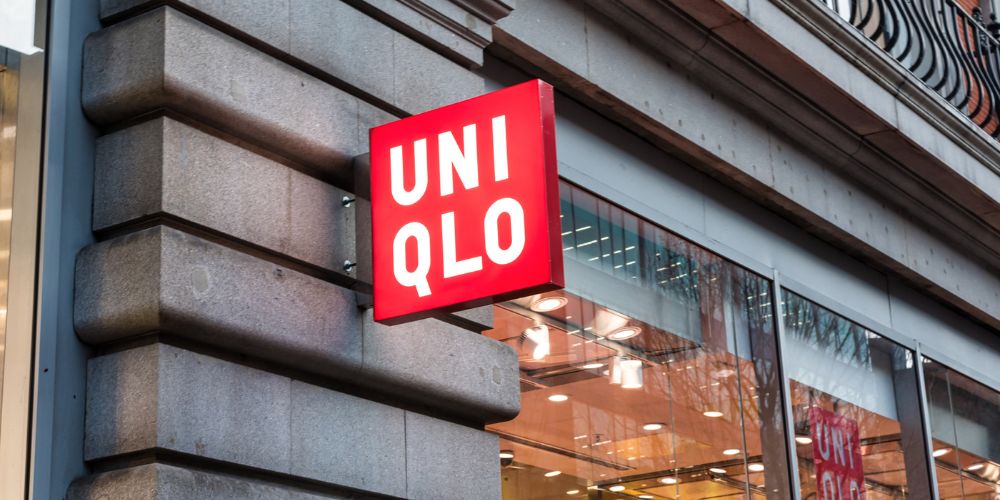
Uniqlo
Uniqlo is a Japanese brand that offers basic, affordable fashion. Uniqlo has relied on their innovative approach and technology developments to increase their offering. Uniqlo also focuses on promoting sustainability through its initiatives.
Uniqlo’s unique selling point is its innovation and technological advances to enhance customer experience and reduce environmental impact.
Primark
Primark is an Irish retailer that offers affordable clothing for men, women and kids. Primark has been growing ever since its inception, and now has over 350 stores in 11 countries. Primark provides high quality, stylish collections that appeal to a wider demographic.
Primark’s ability to provide affordable clothing in unique styles has been its competitive advantage over H&M.
Comparison of Key Features and Competitive Strategies
These main competitors of H&M have different strengths and values they bring to the table. Comparing their key features and competitive strategies, one can see H&M utilizes the ‘fast-fashion’ approach, which puts them ahead of competitors in price and trends release.
Zara, Mango, ASOS and Boohoo are H&M’s strongest fast-fashion competitors, due to similar price ranges and sustainable production emphases, including working with designs that cater to working mothers, diverse sizes, and international trends.
Patagonia, Everlane, and Reformation are H&M’s main competitors when it comes to ethical and sustainable fashion. Unlike H&M, they have a more consolidated and standardized approach, focusing on one sustainable practice and reducing environmental impact throughout their production method and materials.
Amazon Fashion, Fashion Nova, and Shein are H&M’s main online fashion retailer competitors. All known for quick delivery, affordable prices, and rapid response time to seasonal and micro-trends.
Nike, Adidas, and Puma are H&M’s main sporting gear competitors. With a focus on innovation, efficiency and sustainable products and materials.
Uniqlo, Primark, and & Other Stories are H&M’s local brand competitors. They appeal to a wider demographic by creating unique, classic designs but still streamline collections to keep quality high and prices reasonable.
Frequently Asked Questions
Who are H&M’s main competitors globally?
H&M’s main competitors globally include: Zara, Forever 21, Topshop, Mango, ASOS, Boohoo, Patagonia, Everlane, Reformation, Amazon Fashion, Fashion Nova, Shein, Nike, Adidas, Puma, Uniqlo, Primark, and & Other Stories.
Are there any local brands giving tough competition to H&M?
Yes, local brands including Uniqlo, Primark, and & Other Stories are giving tough competition to H&M.
Which competitor focuses on sustainable fashion practices?
Patagonia, Everlane, Reformation, and Mango are fashion brands that focus on sustainable fashion practices.
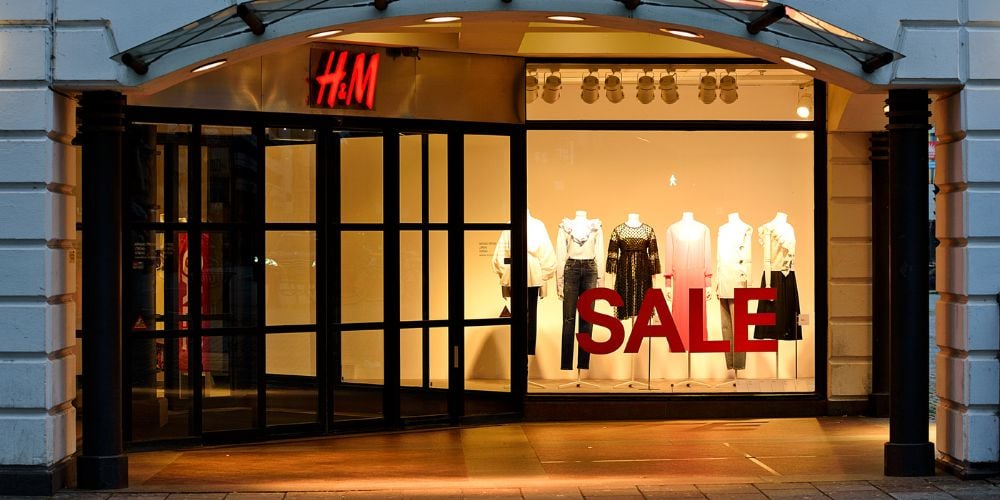
How does H&M differentiate itself from other fast-fashion brands?
H&M differentiates itself from other fast-fashion brands through its variety of brand segments, including H&M, COS, Monki, Weekday, and ARKET. H&M also emphasizes collaborations with famous design labels, such as Giambattista Valli and Alexander Wang.
Yes, smaller brands that offer unique designs, affordable pricing, and ethical and sustainable practices can compete with H&M’s massive market share.
Conclusion
The fashion industry is a highly competitive field, and H&M’s competitors are constantly evolving.
Understanding H&M’s competitors is essential to stay ahead of the curve, and in this article, we have provided an in-depth analysis of the fashion brands posing a challenge to the company’s market share.
From fast fashion to sustainable and ethical fashion brands, online retailers, sportswear competitors, and emerging brands, you now have a good understanding of how each competitor operates and their competitive edge.
So, whether you’re a fashion industry stakeholder or a fashion lover, this guide has given you an understanding of H&M’s competitors.

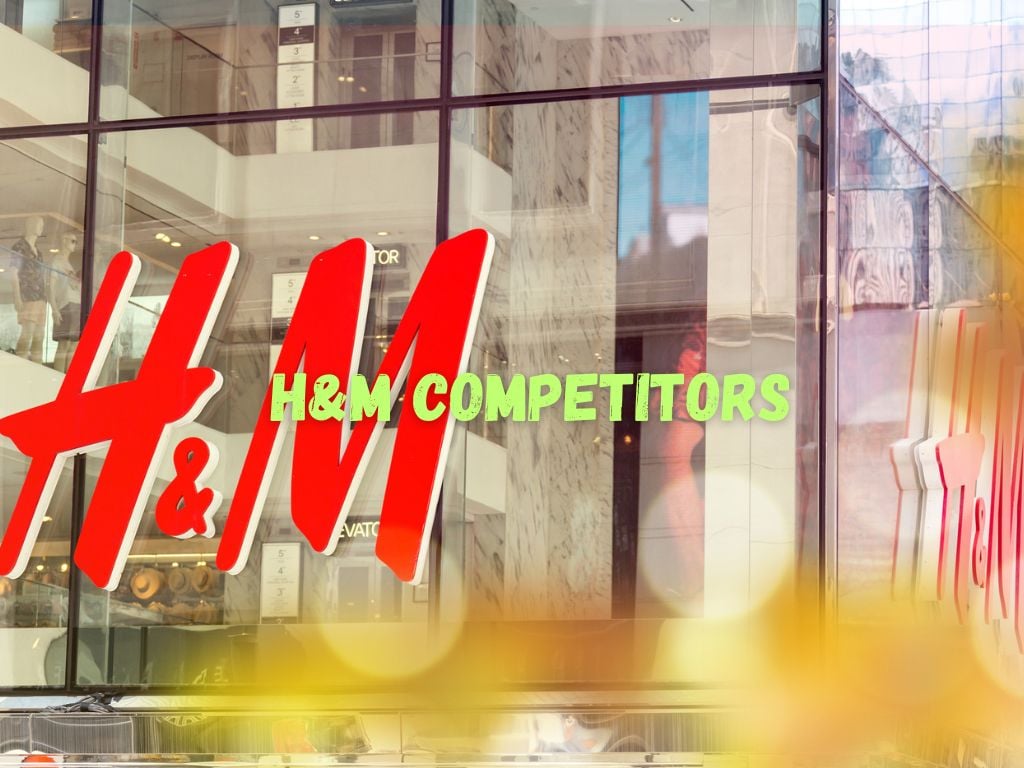
 Tags:
Tags:






